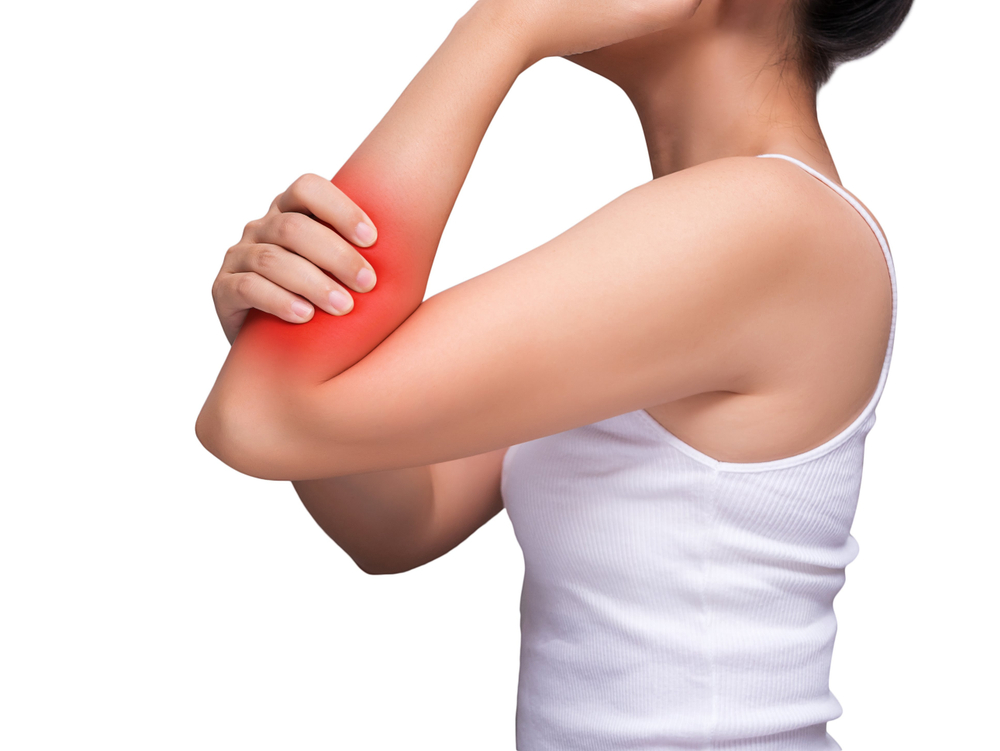COMPLEX REGIONAL PAIN SYNDROME TREATMENT
Complex Regional Pain Syndrome Treatment In Hyderabad

Complex regional pain syndrome (CRPS), formerly known as reflex sympathetic dystrophy syndrome (RSDS), is a condition that causes pain; swelling; changes in skin color, texture and temperature and other symptoms. It usually affects your extremities – an arm, leg, hand or foot – but can affect any part of your body. Most cases of CRPS start after a soft tissue injury (such as a sprain), fracture or surgery. The pain can be intense and is much more than what would be expected during recovery from an injury, fracture or surgery. Experts believe that CRPS occurs as a result of dysfunction in the central or peripheral nervous systems. Your central nervous system consists of your brain and spinal cord. Your peripheral nervous system relays information from your brain and spinal cord to your organs, arms, legs, fingers, and toes. The abnormal functioning results in an overreaction to pain signals that the nervous system can’t shut off. CRPS is not widely known by many doctors and is not well understood, so it’s often misdiagnosed. Many patients receive the wrong treatments or no treatment at all.
Causes :
How CRPS is caused is not totally understood. Scientists think it might be a combination of factors that produce similar symptoms. They think CRPS is the result of general inflammation, inflammation of the nerves and perhaps even changes in a person’s perception of pain in the brain and spinal cord (the central nervous system). Researchers have found certain signs of inflammation – certain substances and chemicals – in the affected tissue, blood and spinal fluid of patients with CRPS. They have also found evidence of the release of certain pain- and inflammation-producing compounds in nerves in the affected area. There may also be dysfunction in the messaging between nerves at the site of injury. There are also signs of other substances and chemicals being released at the affected site, which results in an overreaction or oversensitivity to the sensation of pain in response to the injury. Autoimmune and genetic causes may also play a role in the development of CRPS. Researchers continue to look for and further understand causes of this condition.
Symptoms :
How severe and how long symptoms of complex regional pain syndrome (CRPS) lasts varies from person to person. Pain is usually the leading and most disabling symptom. Signs and symptoms of CRPS include: ► Continuous pain that gets worse over time. ► Pain that is out of proportion to the severity of your injury. ► Extreme sensitivity to pain such that a very light touch to your skin produces severe pain. ► Pain that spreads. (For example, pain from an injury to a finger or toe spreads to your entire arm or leg. Also, pain that travels to the opposite extremity.) ► “Burning” pain or a feeling that the affected limb is being squeezed. ► Skin swelling. Swelling in your affected limb that may come and go or remain constant. ► Decreased range of motion/loss of function, tremor. Decreased ability to move your affected limb and/or increased stiffness. Difficulty placing pressure on your affected limb or joint. ► Changes in skin temperature. The skin on your affected extremity feels warmer or cooler compared to the opposite extremity. ► Changes in skin color, appearing as blotchy, pale, purple/bruised or red. ► Changes in skin texture, becoming shiny and thin or excessively sweaty. ► Changes in nail and hair growth. There may be rapid hair growth or no hair growth. Symptoms of CRPS typically start within four to six weeks after the injury, fracture or surgery.
Treatment of Complex Regional Pain Syndrome :
Treatment methods include: Physical therapy and occupational therapy: A physical therapist can help improve blood flow to your affected limb as well as increase your flexibility, strength, muscle tone and function. An occupational therapist can teach you new ways to accomplish everyday tasks. Mirror therapy: This treatment technique uses a mirror to trick your brain into perceiving movement in the affected limb without pain. Looking at the reflection of movement of your unaffected limb in a mirror fools your brain into thinking you are moving two normal limbs. Desensitization: This technique involves touching the affected area with materials of different textures and weights and even placing the affected limb into water of warmer and cooler temperatures. By exposing the affected area/limb to different sensations slowly over time, your brain adjusts to the sensations and pain begins to lessen. Psychotherapy: Having CRPS increases anxiety, depression and stress, which can increase pain. Psychotherapy (“talk therapy”) involves learning ways to better cope with these and other factors that contribute to your pain and disability.
